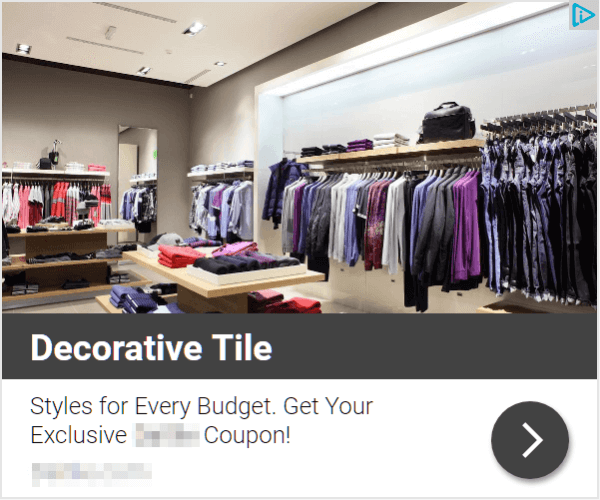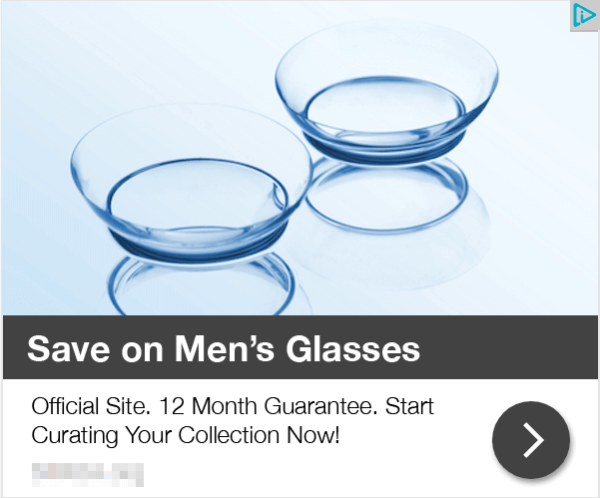If our Paid Search Horror Stories didn’t send you screaming into the night, you might be ready for Display Horror Stories: It’s So Much Worse with Pictures! This month, we’ll look at some of the most horrifying results we’ve seen in display advertising, and tell you how to avoid them.
Earlier this year, Google removed legacy text remarketing ads from its Display Network and automatically upgraded the look of those ads to a responsive ad format. As a part of this shift, AdWords started including images with the ad text. Depending on the placement, one of these ads would appear:

You might be wondering where the image in the ads came from, since the original ad was text-only. It came from the depths of Google’s AdWords algorithm, which chose these images automatically when converting the ads.
And while the image in the above ads might not be a great match for the ad content or subject, it’s not too far removed. However, not all ads are so fortunate; in fact, some of them verge on madness. Come with us now as we gaze through The Gallery of Mind-Melting Mismatches in Automated Image Selection…

The company makes paging systems for restaurants and hospitals. It has literally nothing to do with content management systems. Mind-Melting Mismatch!

Same pager company, but now paired with an image that seems to be promoting web searches for “immune system.” With no way to add context with copy, this is a MAJOR Mind-Melting Mismatch!

The subject of the image isn’t related to tile, and there isn’t even any tile on any surface in image. Mind-Melting Mismatch!

Even with a very clear hint in the headline text, we have a Mom-Missing Mind-Melting Mismatch!

You came so close, Adwords algorithm. And yet: Mind-Melting Mismatch!

And this may be the most disturbing of all. Not only does Drupal certification have nothing whatsoever to do with the medical profession, there aren’t any words in the ad copy that suggest any relevance to healthcare. Don’t get too close, for this is the MEGA Mind-Melting Mismatch!
These mismatches are even more deadly because they apply to remarketing campaigns, which have a much higher frequency and visibility than regular display ads. So users who had visited the websites of those companies would have seen those bizarre ads, damaging the user experience, the user’s perception of the brand, and eventually performance metrics.
An internal danger lurks in these ads as well: other members of your company who frequent the company website are likely to see remarketing ads. If a CEO, department head or board member were to see ads like those in the gallery, their perception of the marketing department would be similarly damaged.
Now you have beheld the consequences when the mindless bots within Google assign a stock photo of their own choosing to the ad. If you’re getting cold sweats recalling last month’s Rise of the Scripts, there’s good reason: once again, human oversight is crucial.
Because human intelligence and high-touch management are central to who we are, (un)Common Logic reviews our clients’ display advertising on a regular basis, with additional reviews following any major changes in paid search algorithms or functions. If you’re unsure what images are showing with your ads, contact us for a paid search audit.

